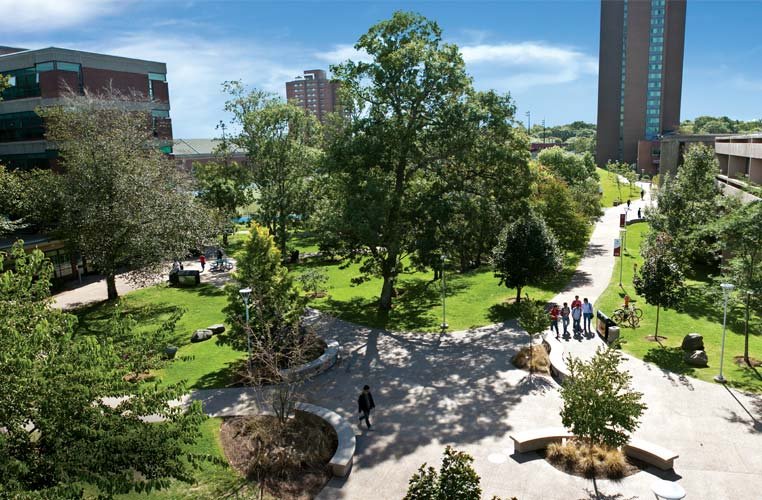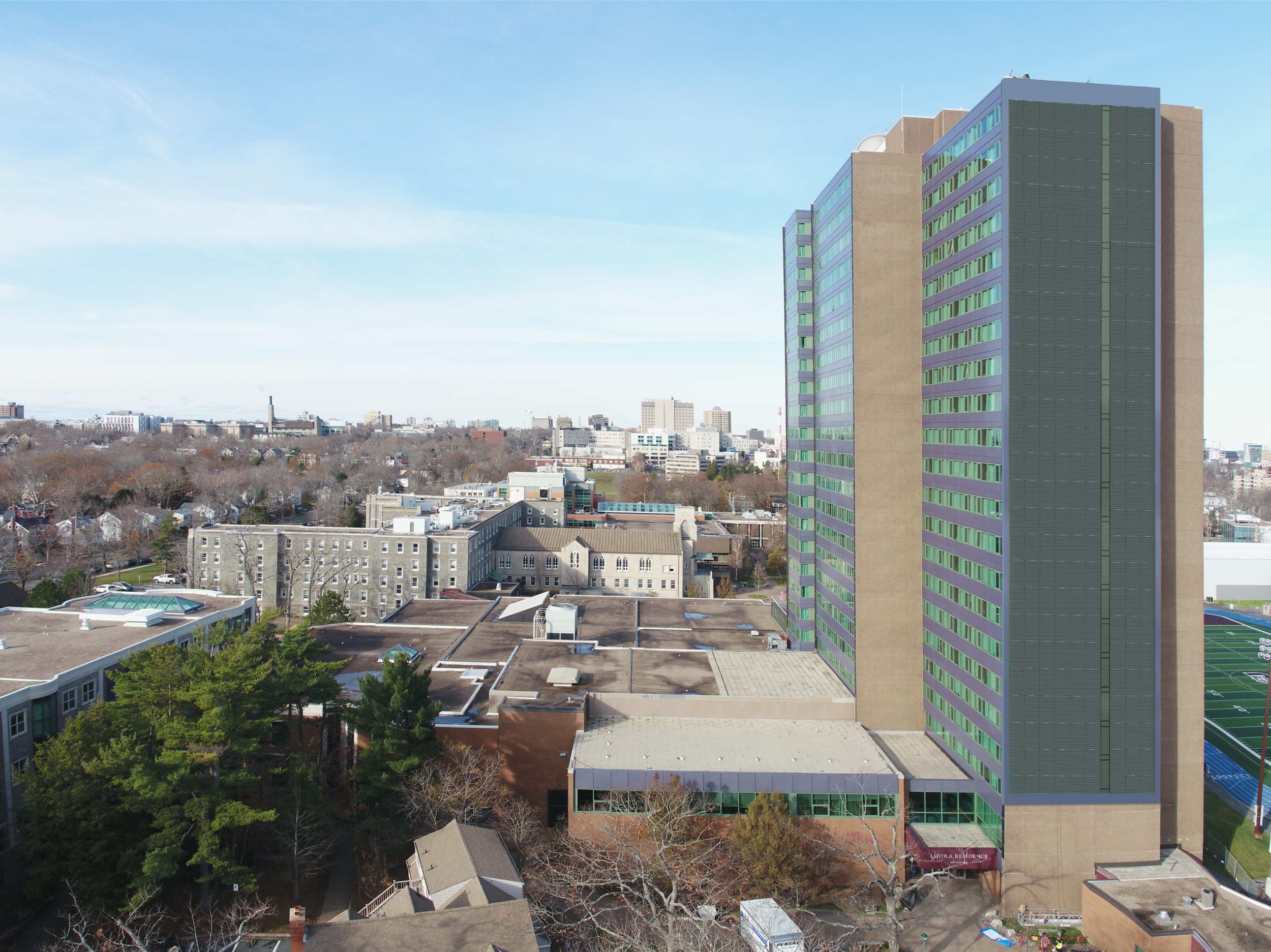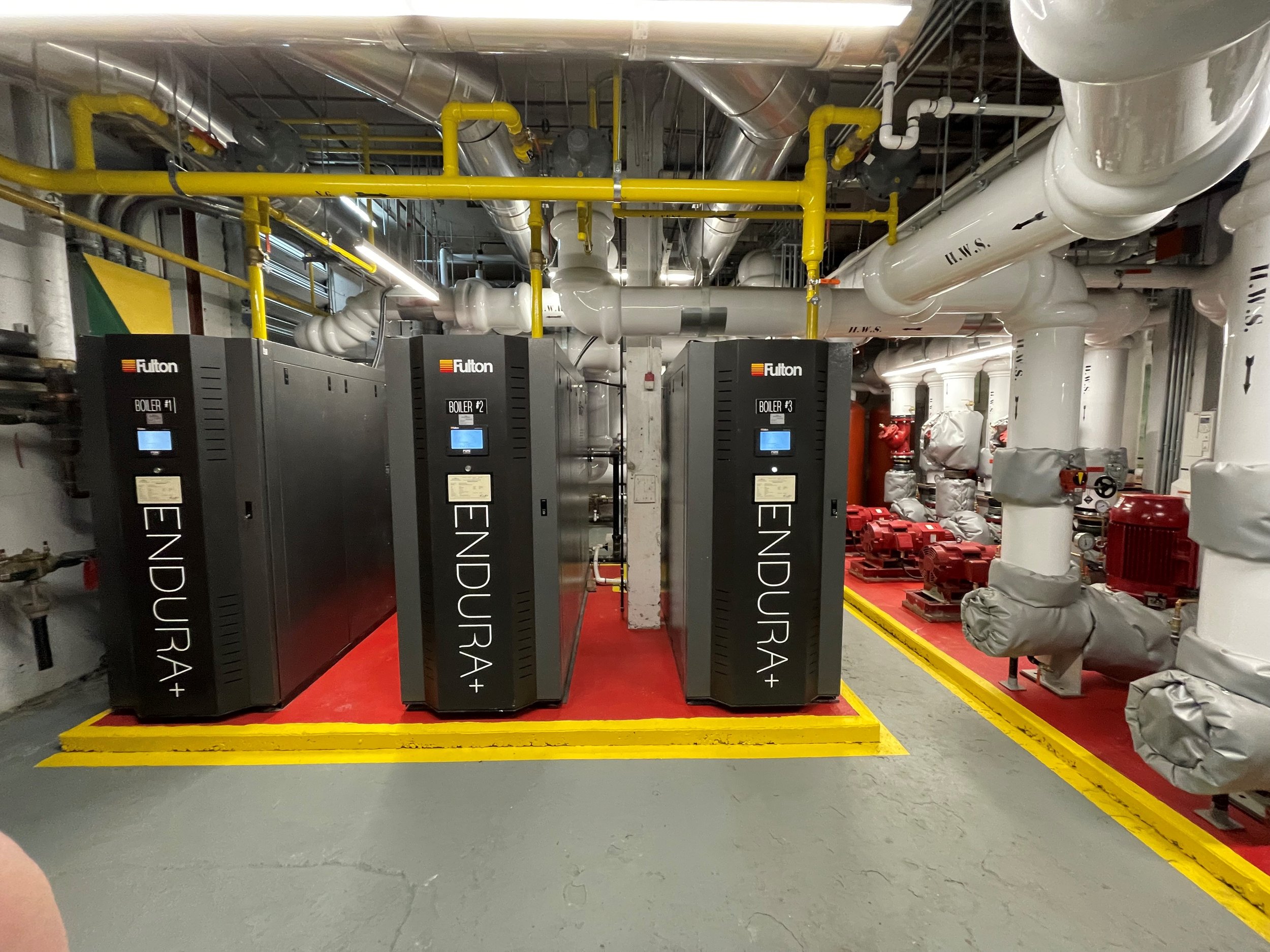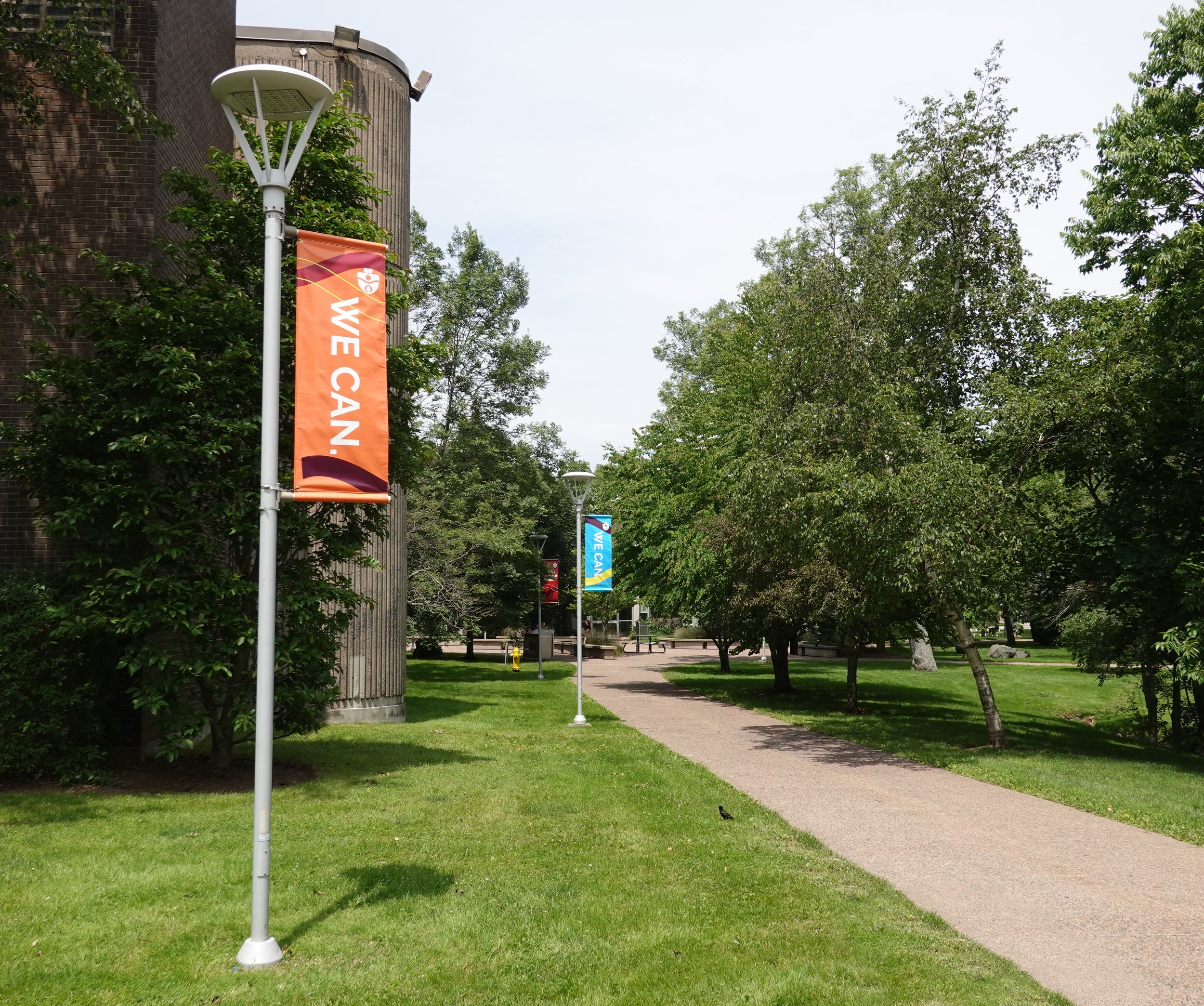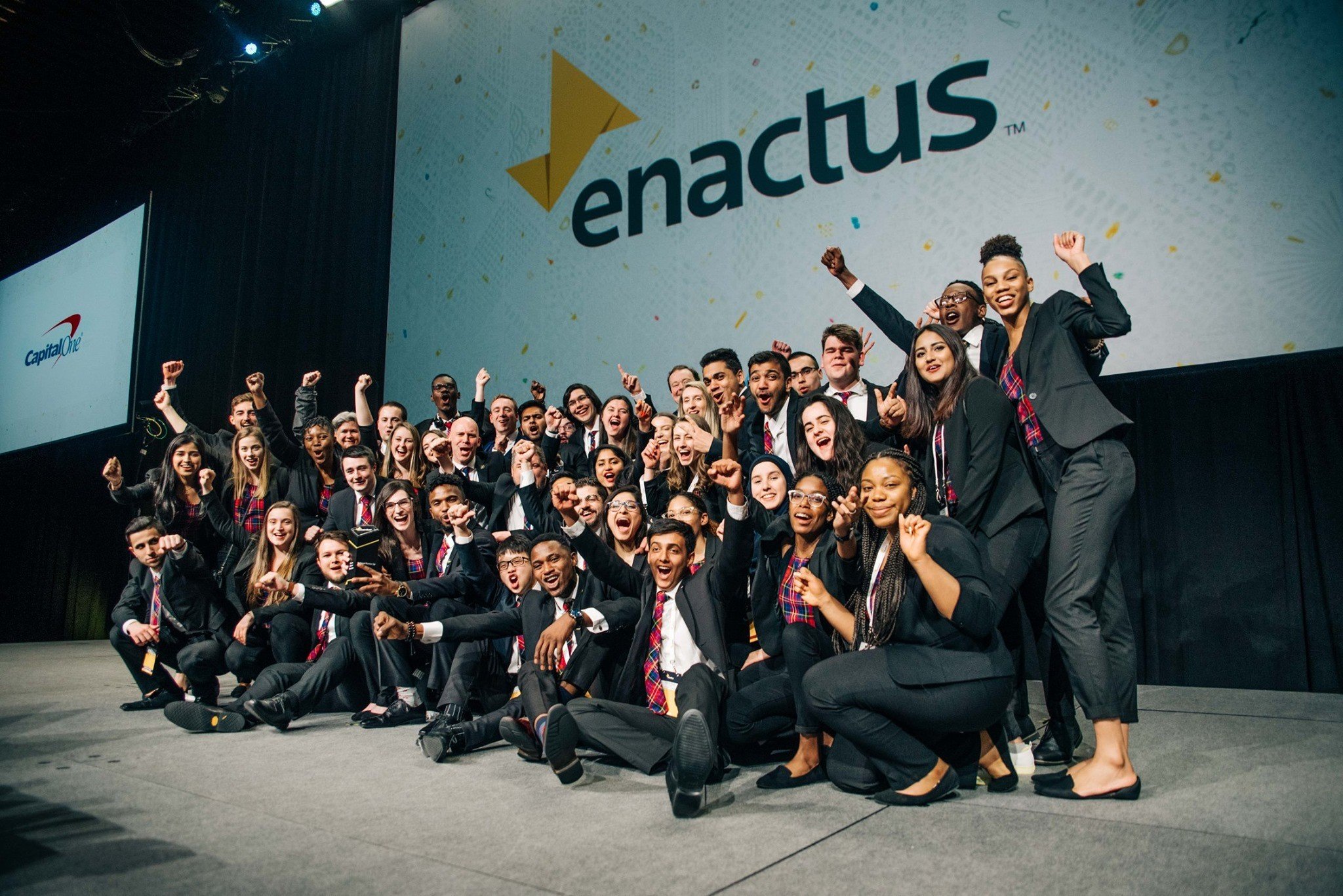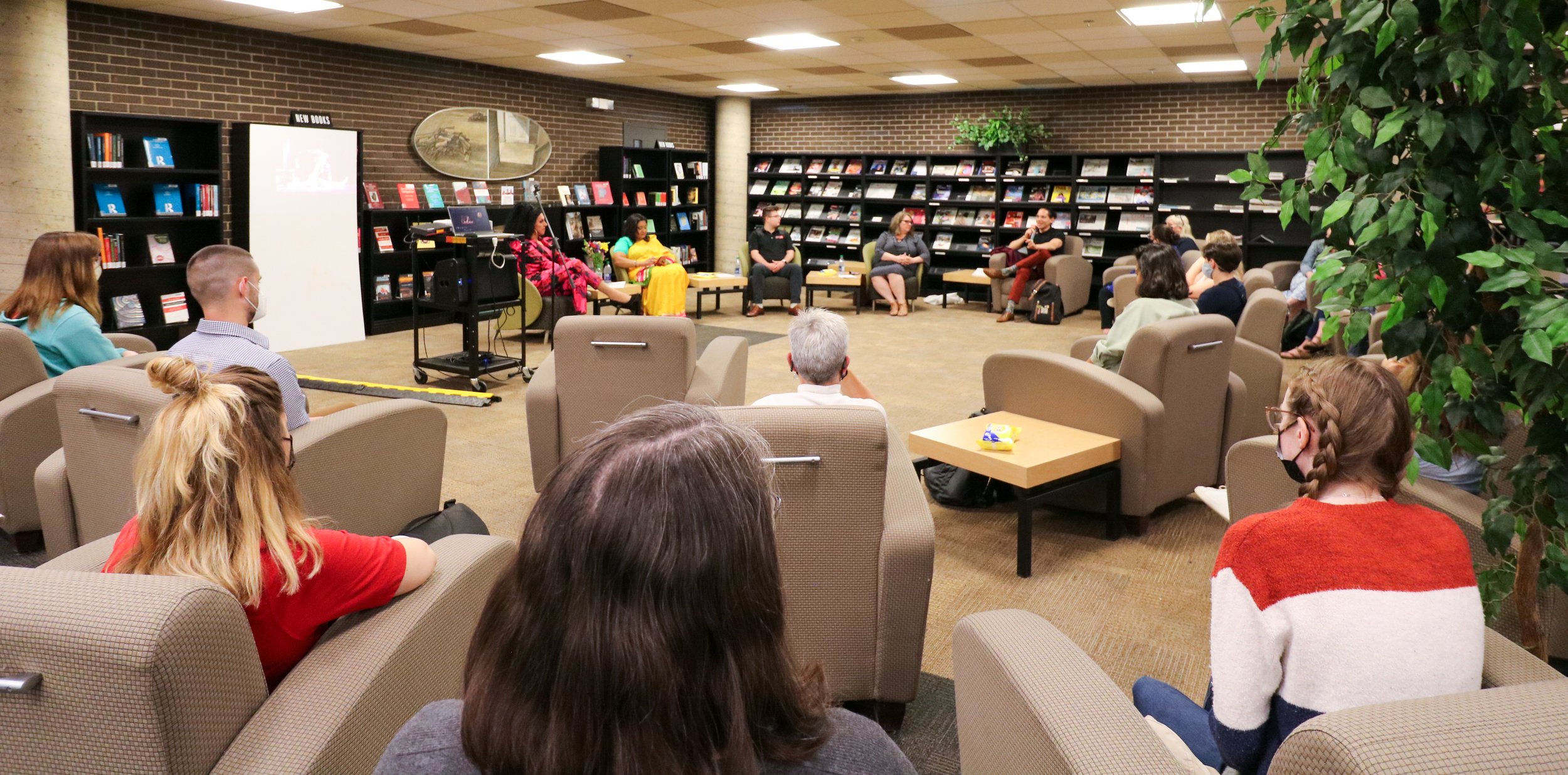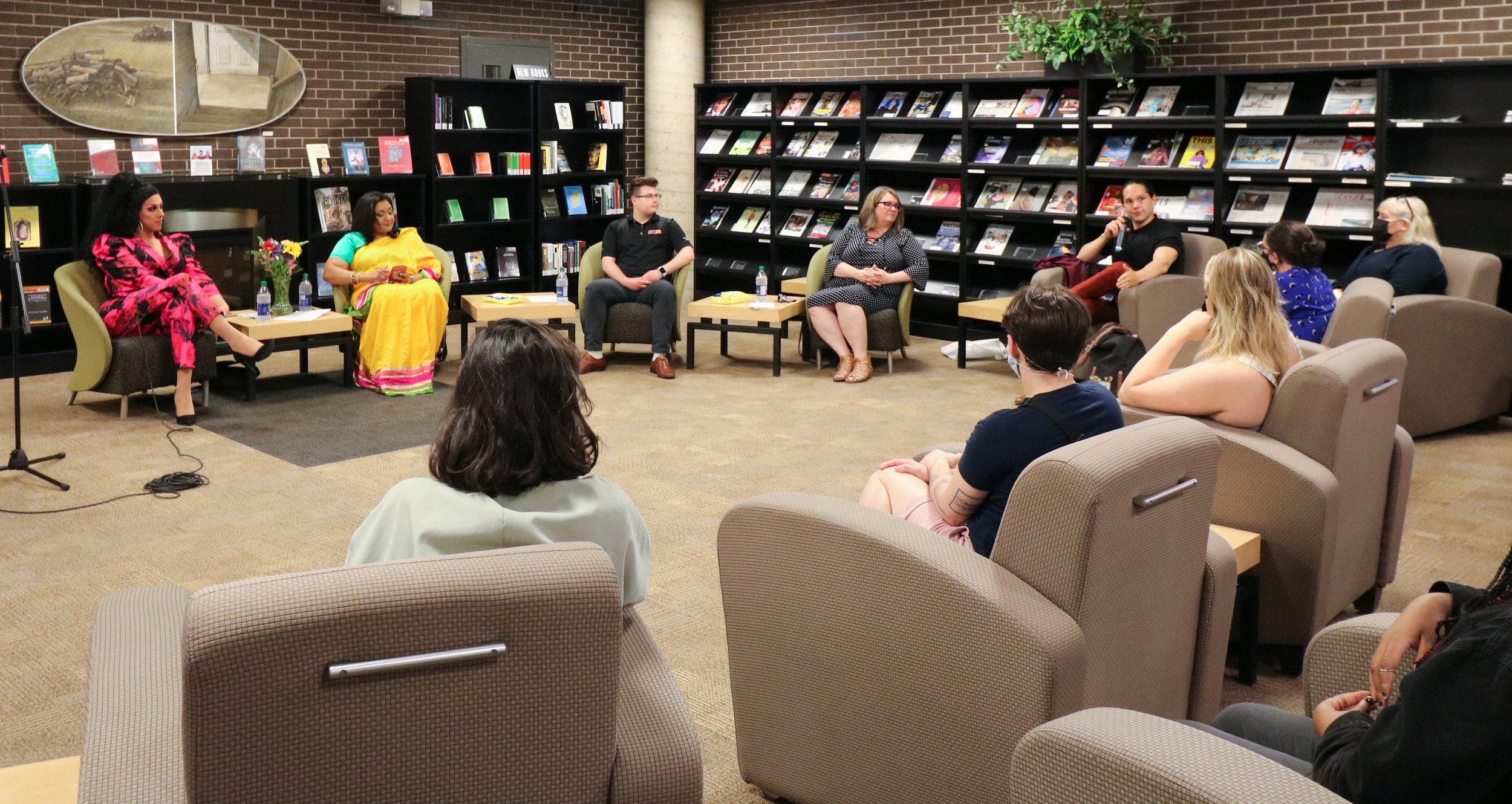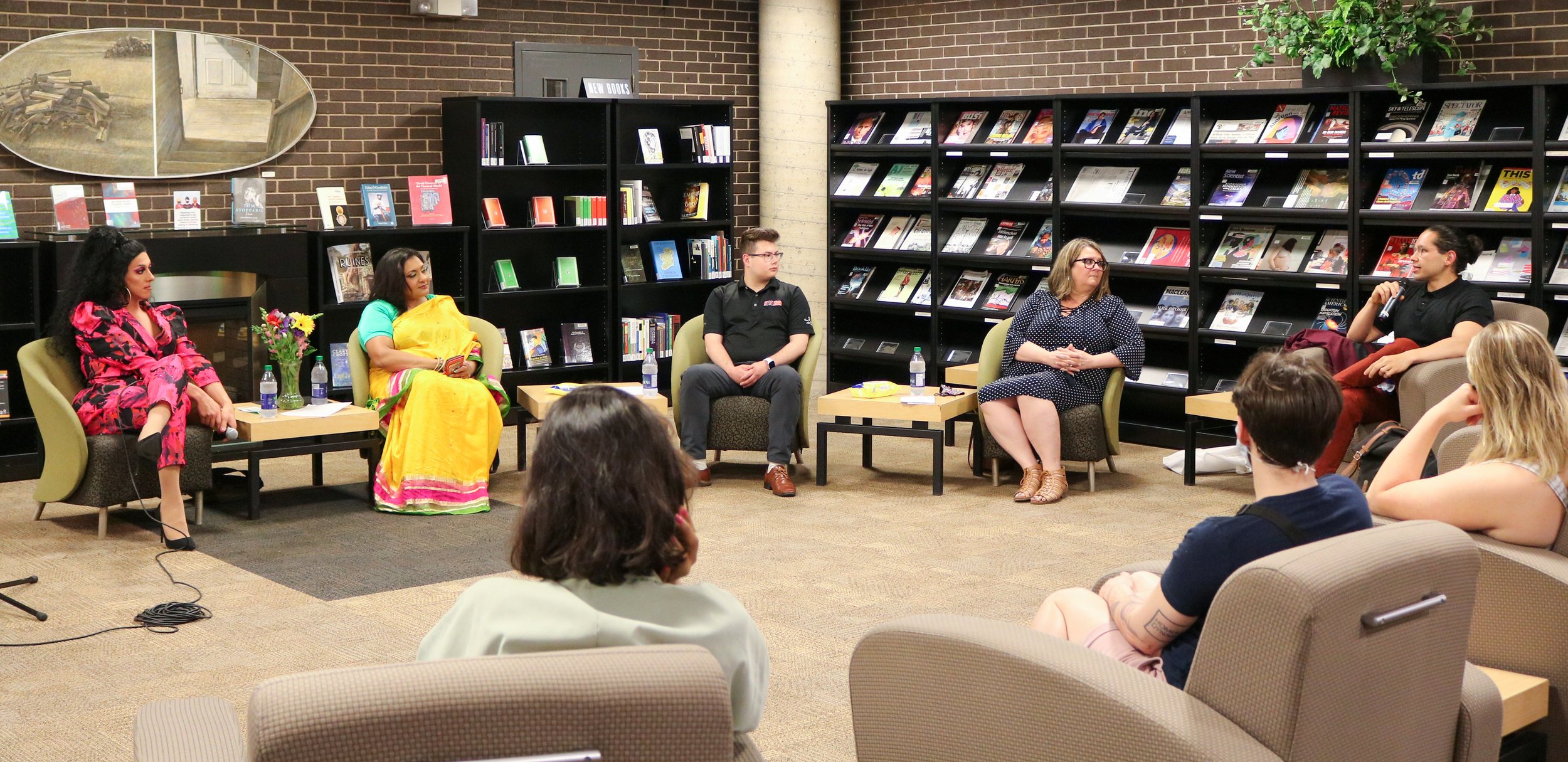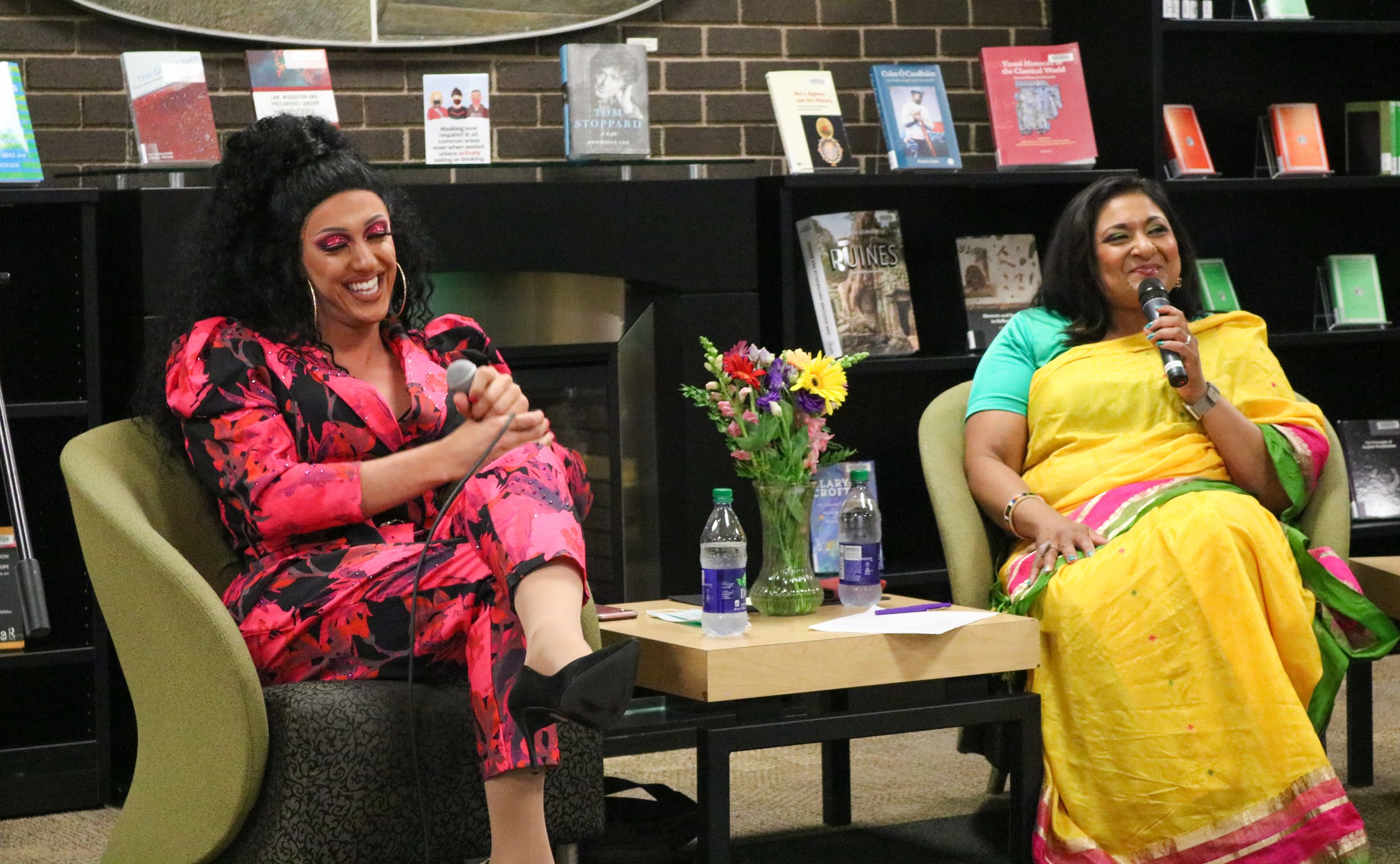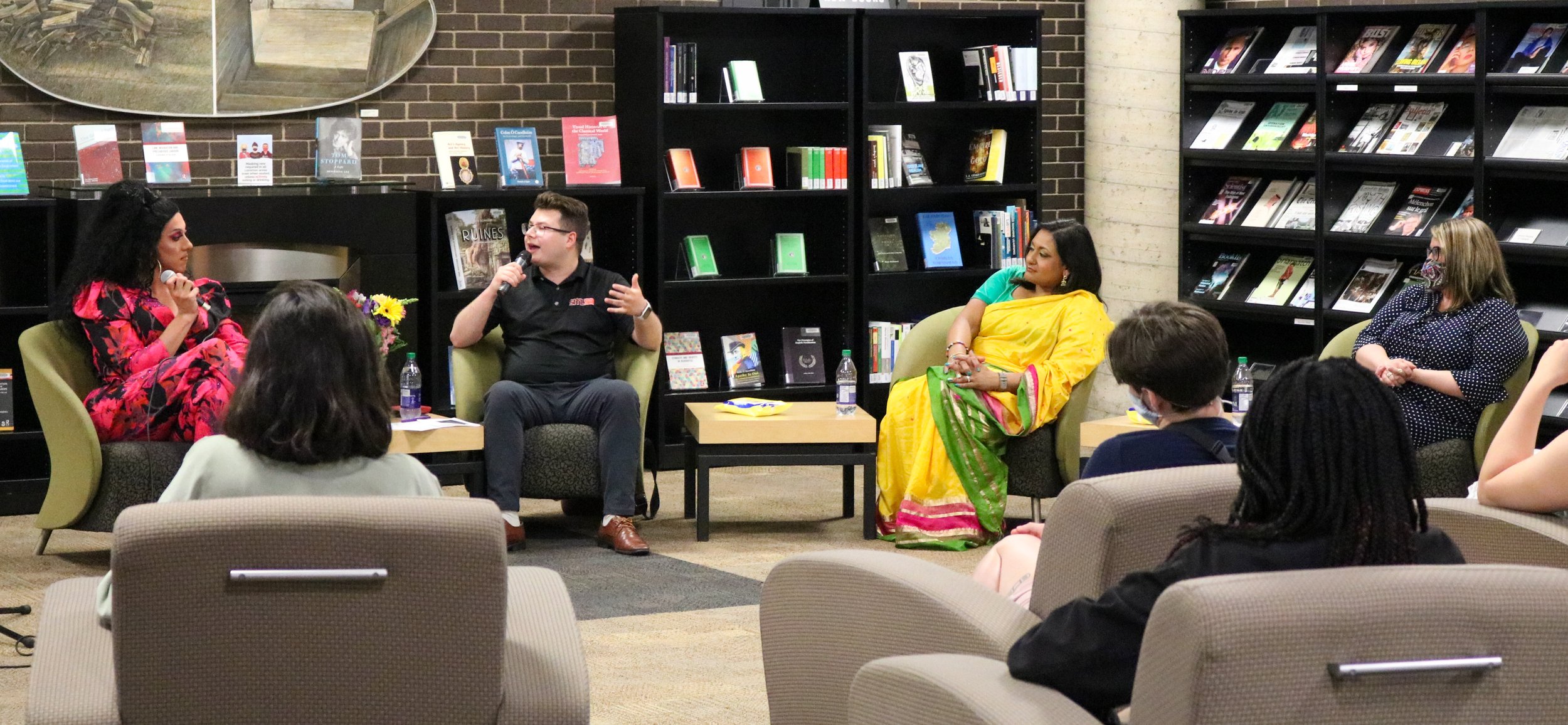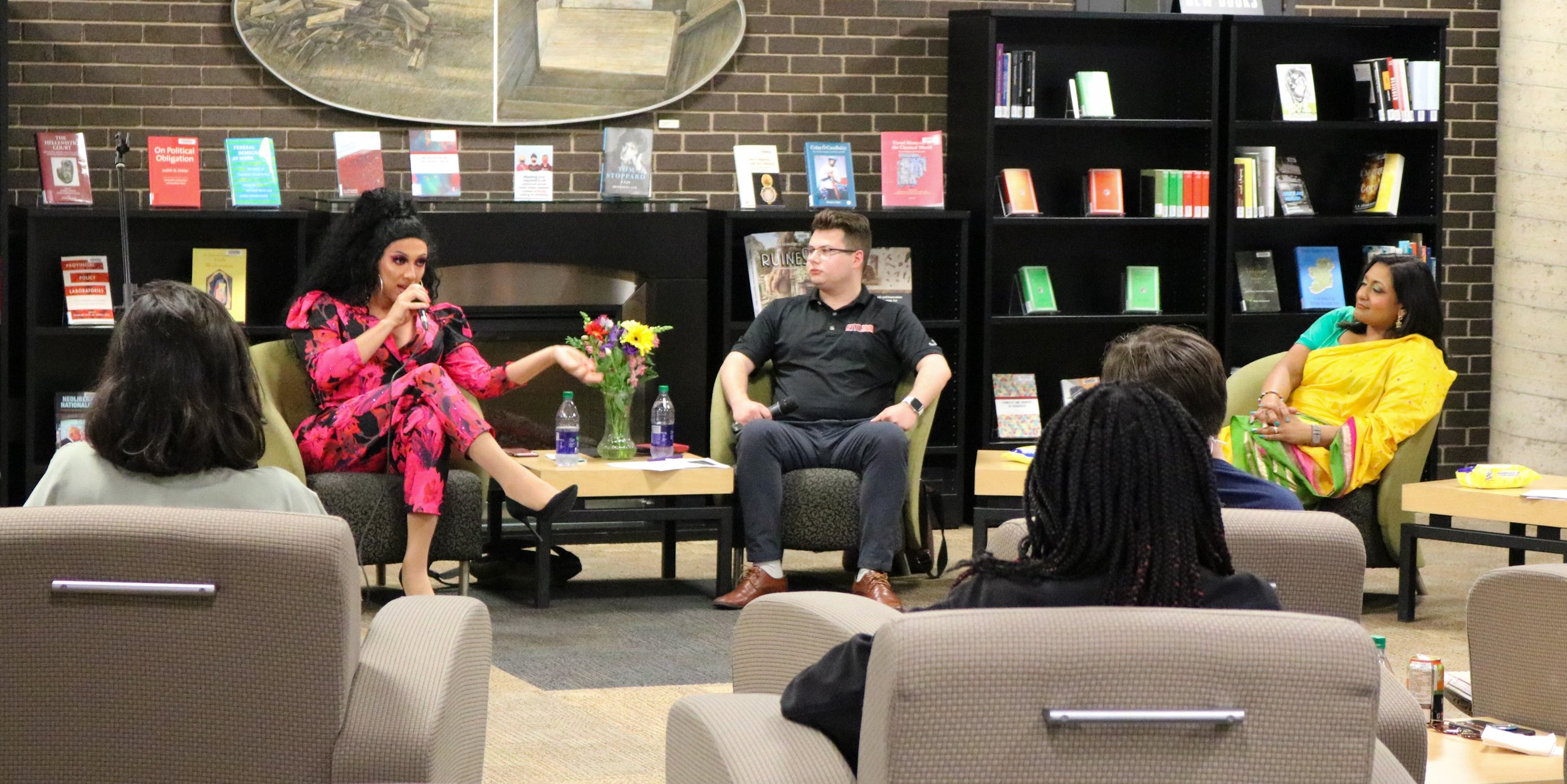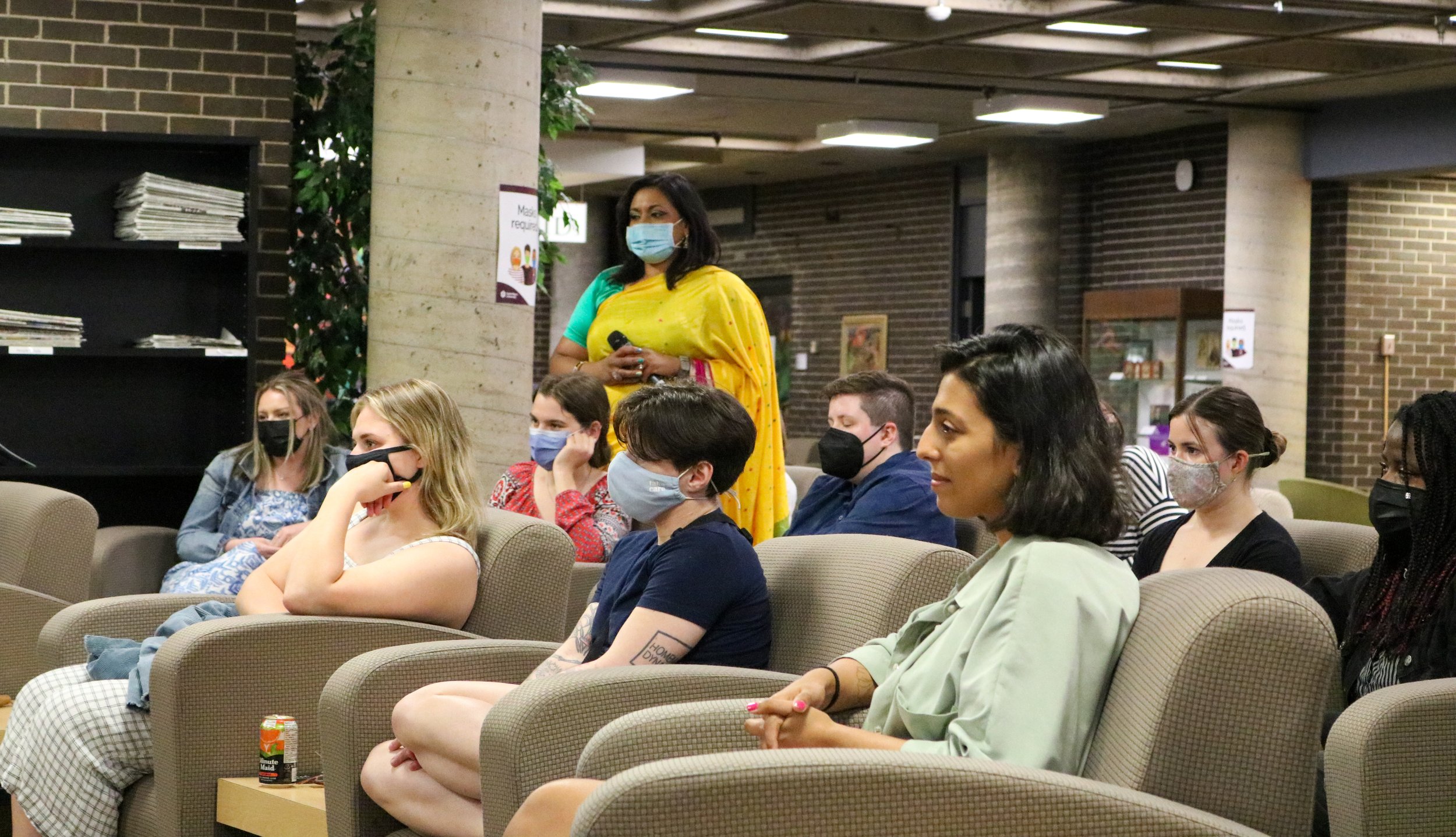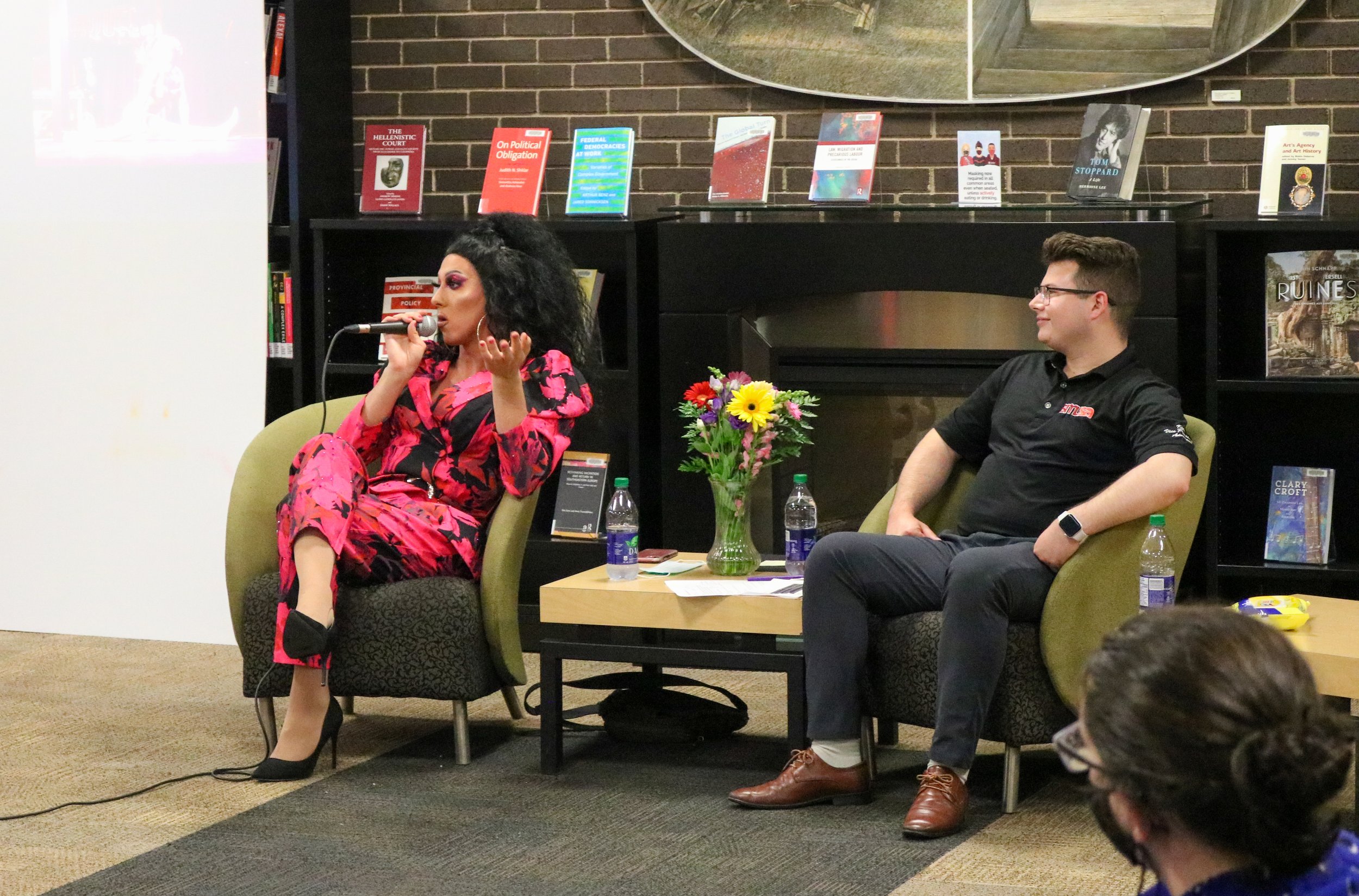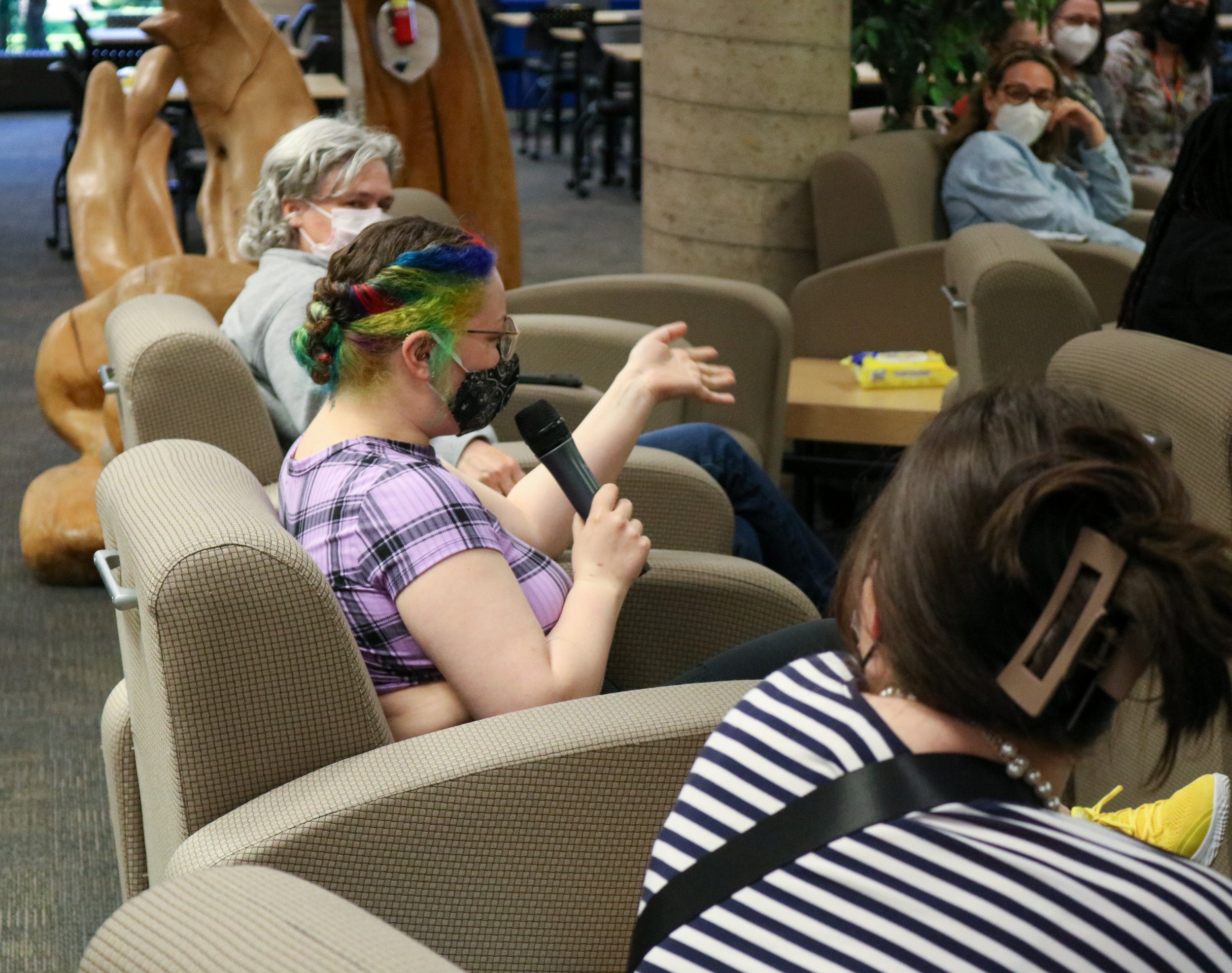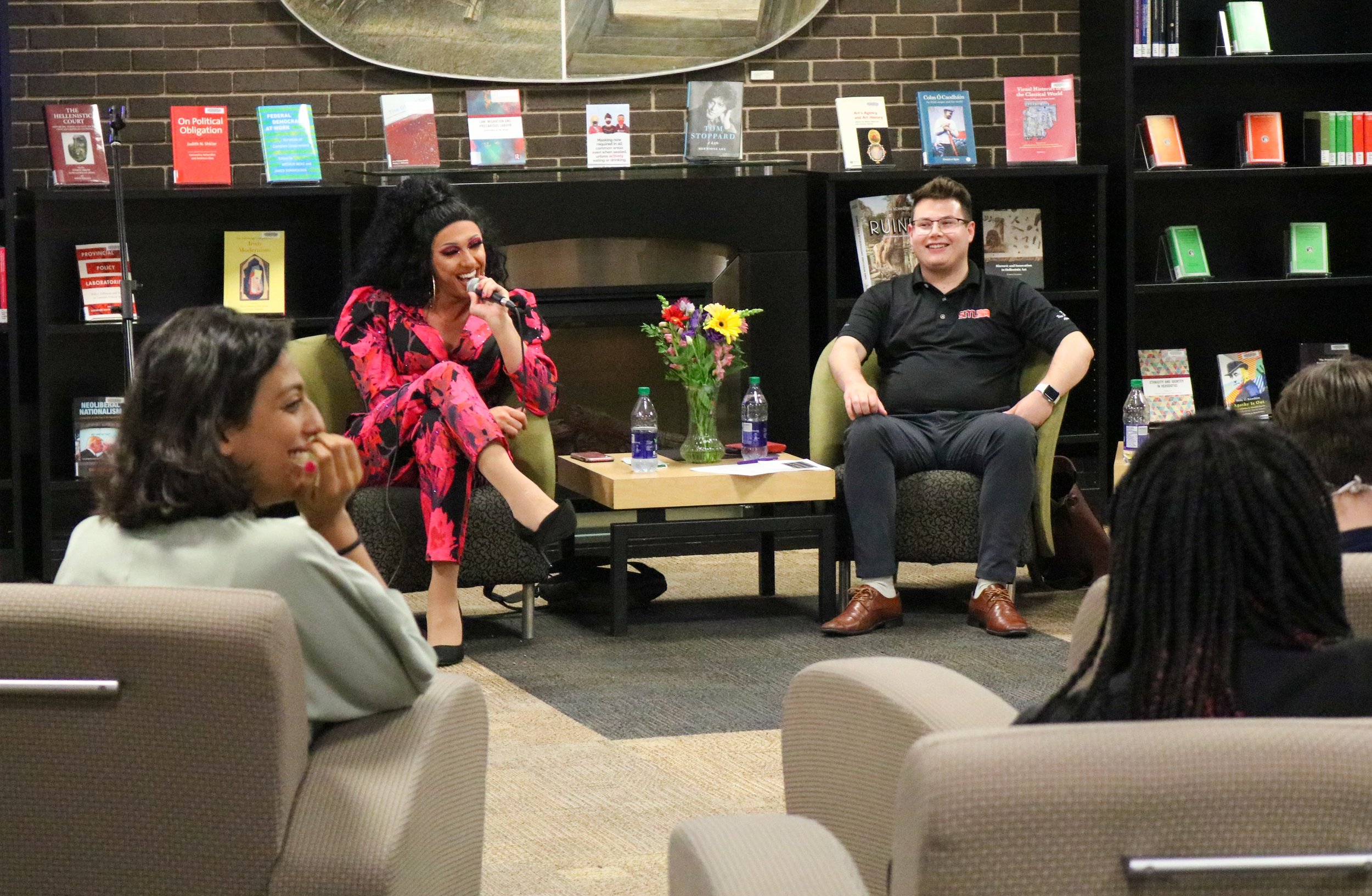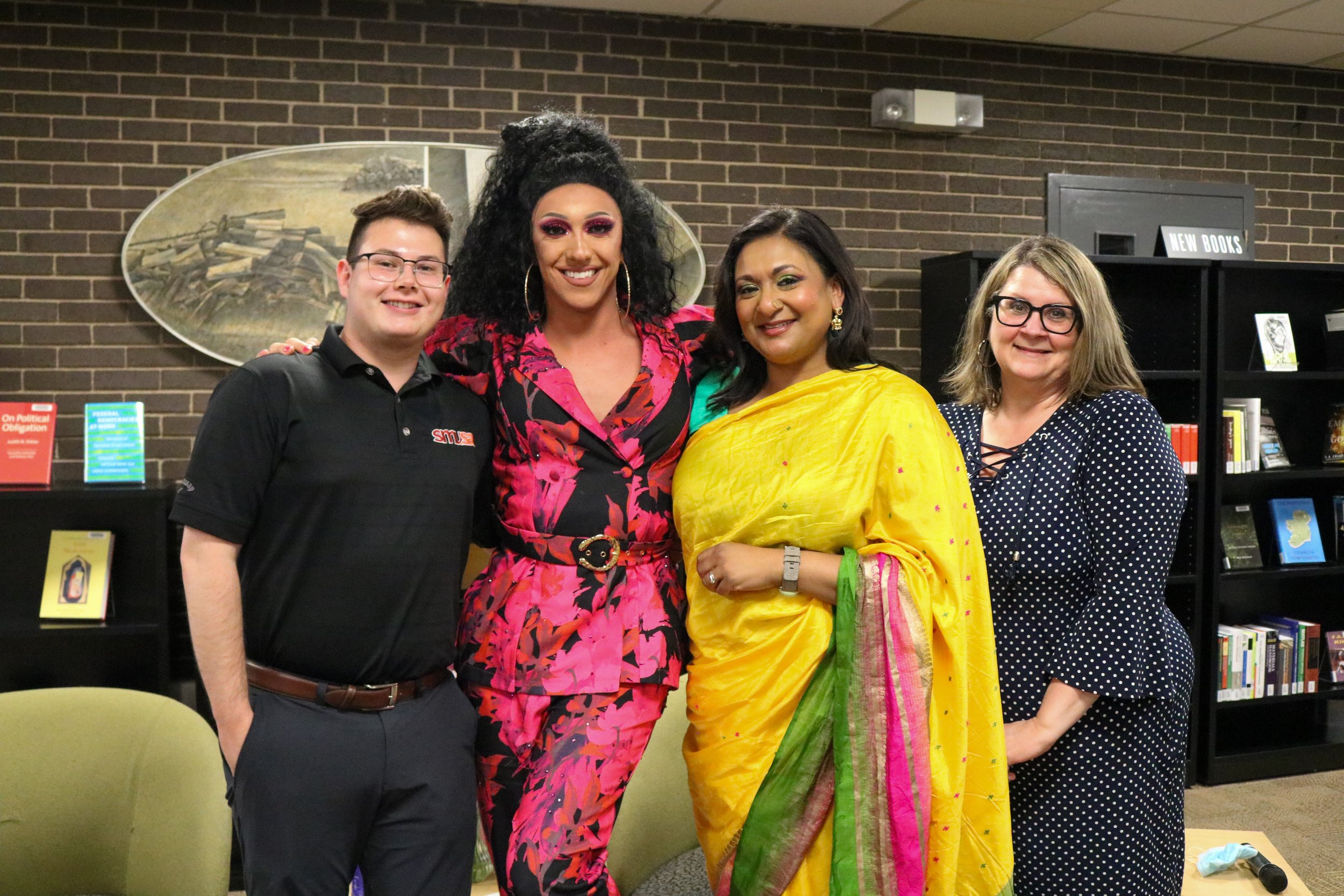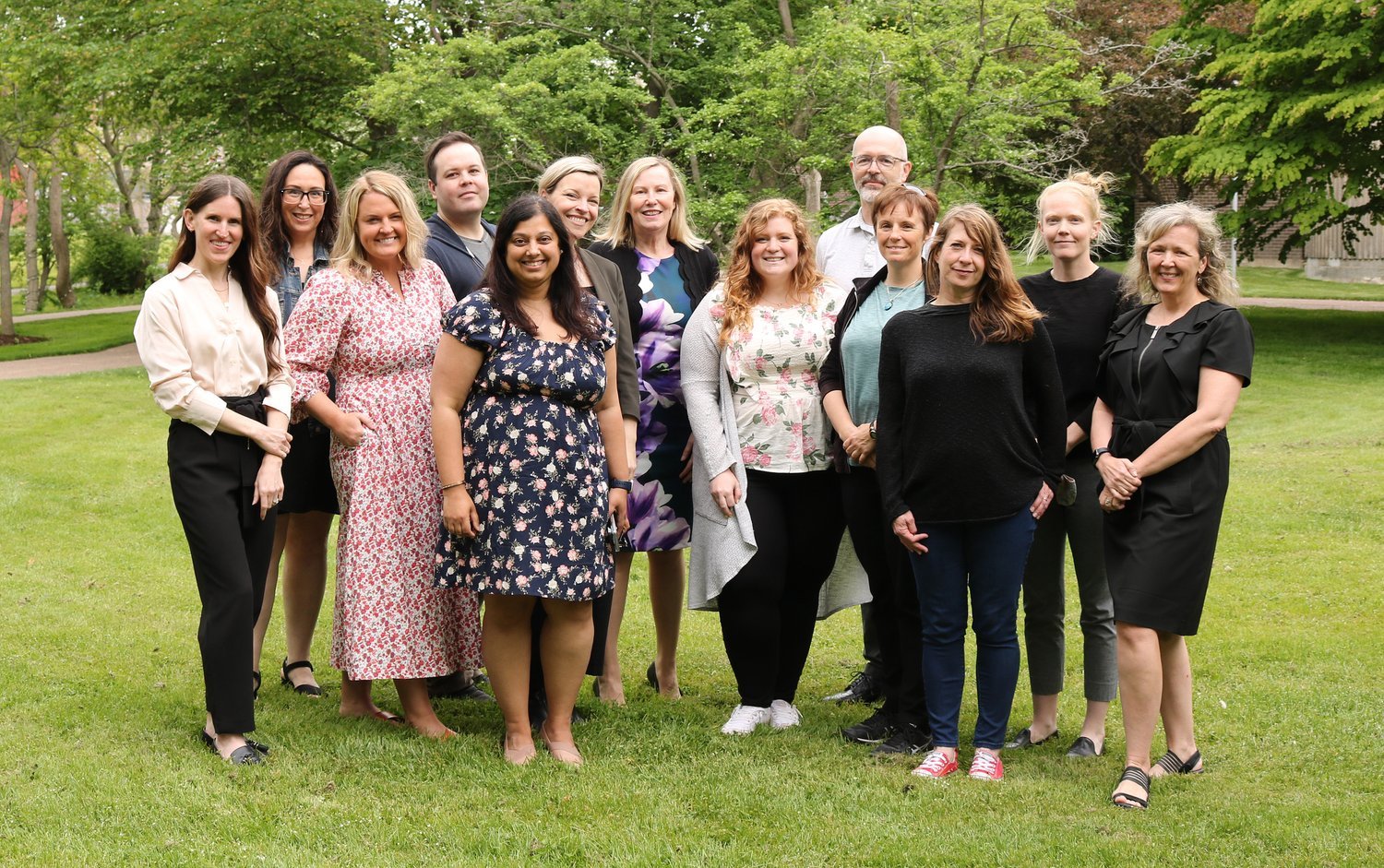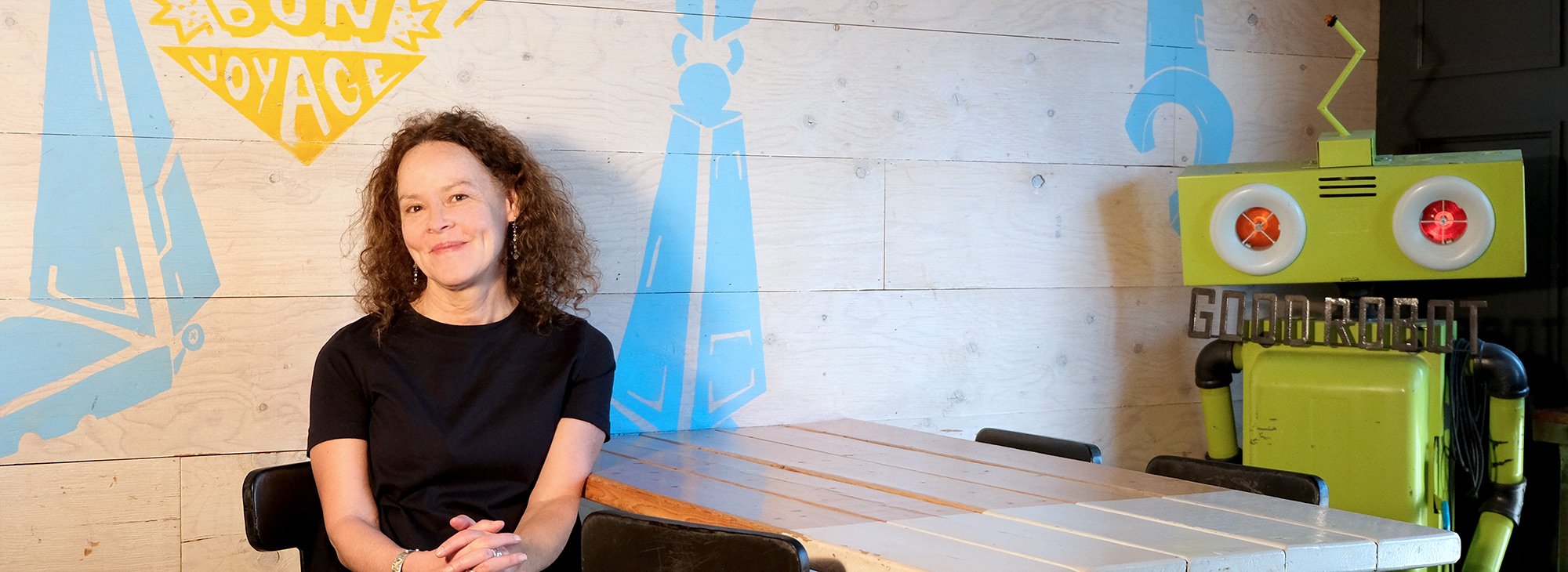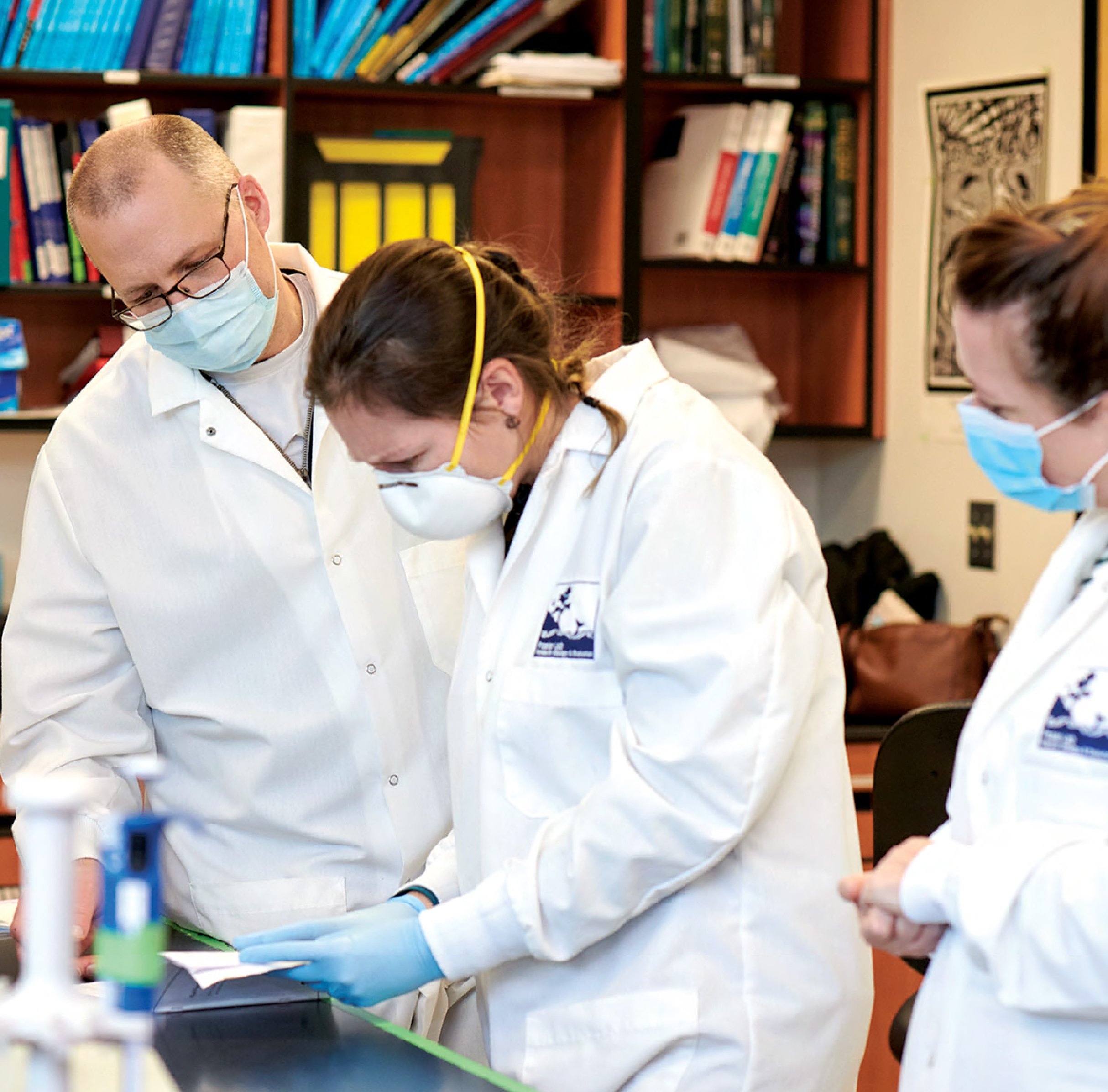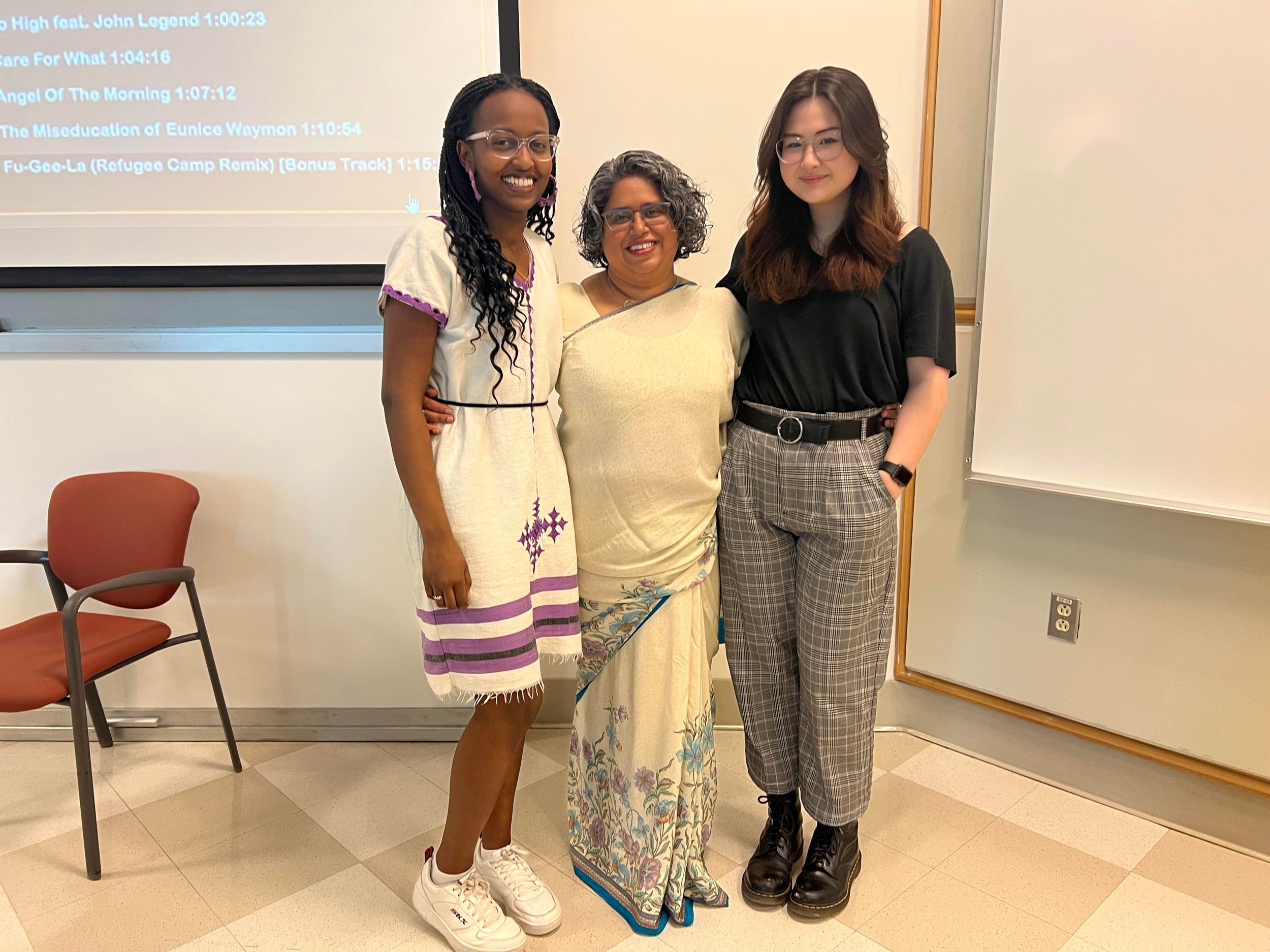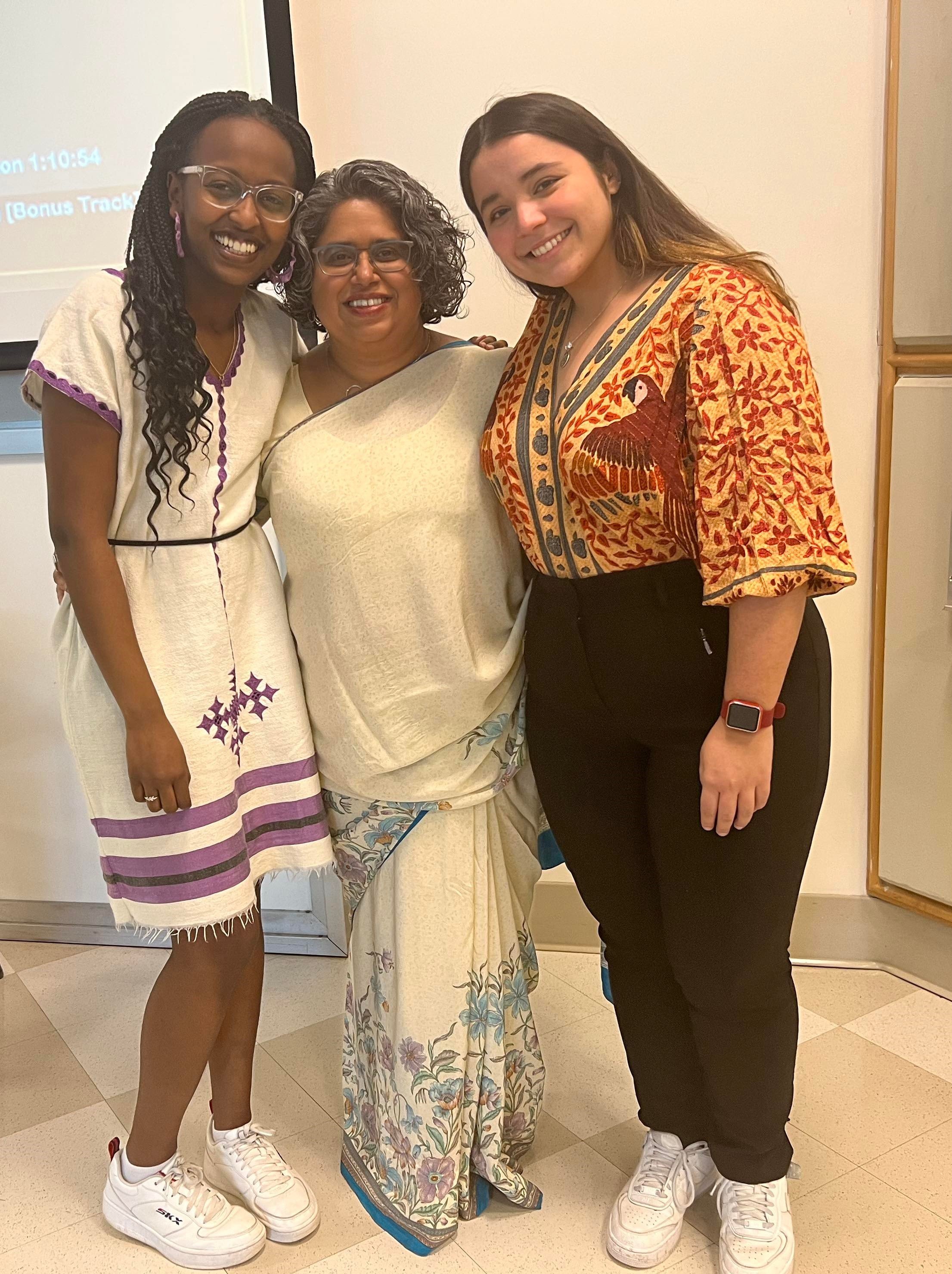Saint Mary’s University has achieved its 2025 target for greenhouse gas reduction three years early.
“Sustainability is an institutional pillar for Saint Mary’s University,” says President Dr. Robert Summerby-Murray. “Using a sustainability lens in our operations allows us to find efficiencies and opportunities to address financial uncertainties while reducing our environmental footprint. I am proud to share that Saint Mary’s University has reduced its greenhouse gas emissions in excess of 40 percent, putting us on a strong footing to meet or exceed the provincial goal of a 53 percent reduction by 2030.”
Saint Mary’s exceeded its 40 percent reduction by 2025 goal through a series of projects that finished this year.
“This achievement comes from the forward-thinking and consciousness of many faculty and staff members over the years, the efforts of facilities management and the support of key university executives such as President Summerby-Murray,” says Dennis Gillis, Senior Director of Facilities Management at Saint Mary’s. “We are exceeding our emissions reduction goal, and with innovative projects such as North America’s tallest solar-integrated building Saint Mary’s is taking a leadership role in the post-secondary sector towards a more sustainable future.”
Fundamental changes that support emissions reduction include:
replacing the steam heating plant with a high-efficiency hot water plant;
switching from oil to natural gas for heating;
using compact fluorescent lights;
replacing less efficient lights with LED lights; and
increases in Nova Scotia Power’s energy blend from renewable sources.
From 2005 to 2019, the university's overall emissions reduction was 36.8 percent. In 2021, a conversion from steam to hot water for the university’s central heating plant increased the total emissions reduction to over 40 percent. Further emissions reductions are on the way from the upcoming solar-integrated project at the university’s Loyola residence, the incorporation of solar panels at the Sobeys Inspiration Hub currently under construction, and other forthcoming solar and green energy projects.
All targets and goals use 2005 as the baseline year per the provincial government’s Environmental Goals and Climate Change Reduction Act.

